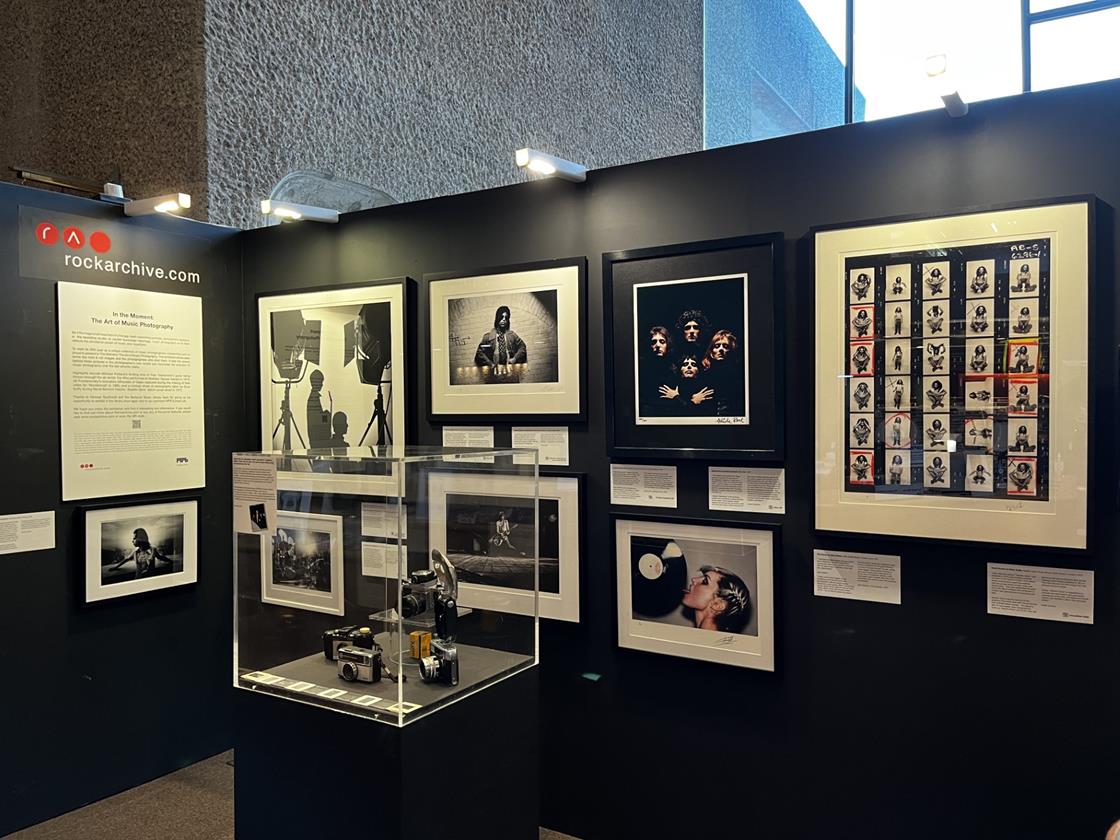“The outdated world is dying and the new entire world struggles to be born. Now is the time of monsters.” – Antonio Gramsci
Jeremy Olson’s latest solo exhibition with Unit London places his common cast of otherworldly creatures at the centre of an apocalyptic environment. this time of monsters draws its title from Italian philosopher Antonio Gramsci’s reflections on interregnum. Interregnum, an ancient Roman phrase, signifies a period of long transition concerning historic stages. Olson situates his exhibition in this point out of in-betweenness, commenting on our existing period of time of societal, political, economic and environmental uncertainty. Throughout these suggestions of disaster and collapse, nonetheless, Olson’s exhibition never ever extinguishes a feeling of hope and humour. Inspite of appearances, these monsters are depicted as variety and nurturing, baffled and introspective and, occasionally, they just want to get together.
Olson has been captivated to the notion of monsters considering the fact that childhood, an interest that stems from his love of cinema. The artist grew up observing frightening flicks, the 1950s Godzilla films and David Cronenberg’s overall body horror. As an adult, Olson’s fascination with monsters requires shape in their opportunity that means as a little something metaphorical, socio-political or psychoanalytical. Here, the notion of a monster is an emblem of upheaval and huge modify.
In specific, the artist’s sculptures bookend these concepts of disaster. The premier is a diorama of a monster with a child, reclining in a decimated sports activities arena. The lizard-like creature by itself is an apparent reference to Kaiju (Godzilla) and the composition is reminiscent of architectural products. The monster retains up the carriage of a destroyed monorail, questioning its that means with a stunned expression, while at the same time nursing an infant. Olson performs with point of view, not only with bodily perspective as a result of the scale of his sculptural composition, but also with our have viewpoint of the monstrous. Listed here, the artist unexpectedly explores the subjectivity of a monster, reconciling it with one thing human by encouraging us to relate to its bewildered expression and its maternal partnership. Similarly, Olson’s smaller sculptures humorously conflate the monstrous and the human as man-designed structures are created on the remnants of extended-lifeless monsters. A rollercoaster sprouts from a decaying reptilian foot and a children’s slide grows from a clawed hand. These incongruous references to leisure and engage in symbolize Olson’s overarching strategies of rebirth and rebuilding.
Inspite of Olson’s explorations of the apocalyptic and the catastrophic, this time of monsters remains imbued with the artist’s characteristic sense of humour. His anthropomorphic creatures are quickly relatable as they are unerringly distracted by a display, a drink or by every other as the environment will come to an end. this time of monsters usually takes satisfaction in the present and reminds us of the opportunities that can manifest in difficult situation, putting a harmony between a sense of acknowledgement and hope. Olson’s depictions of these monstrously abstract fears inevitably give way to universal emotions of the interpersonal, reminding us usually to see ourselves in other individuals.



More Stories
Do the Opposite with Your Blog and Newsletter
Curator at Large: Four artists to look out for this February
Amsterdame campaign | Communication Arts